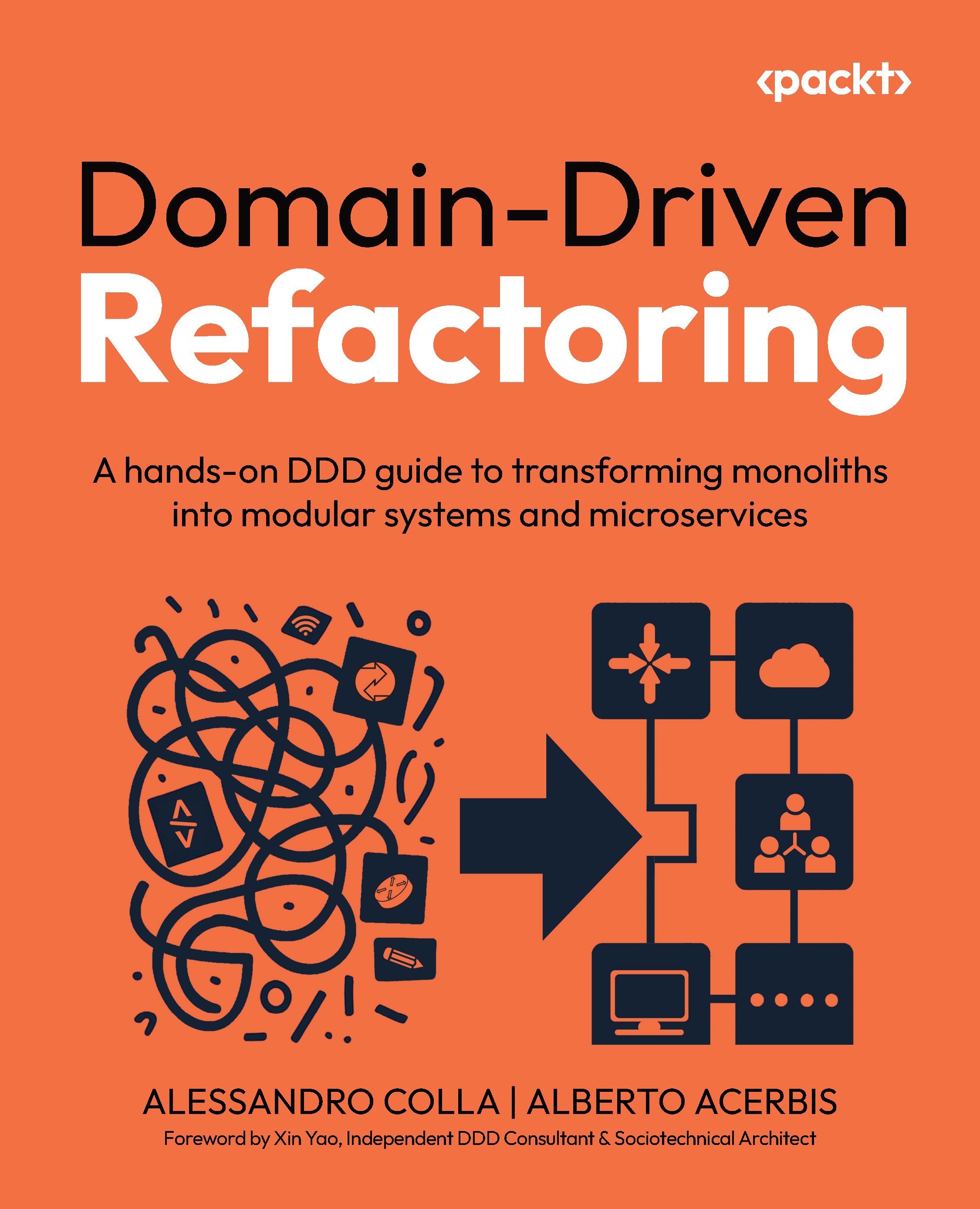Principles of database refactoring and identifying domain boundaries
A shared database introduces strong coupling across different bounded contexts, limiting flexibility, and making each change ripple across the entire system. While this approach simplifies consistency management by offloading it to the database rather than handling it directly in code, in legacy applications, this structure often leads to unintended side effects whenever updates or changes are made to accommodate new requirements. For example, if a new feature needs to be added to the warehouse context in our ERP, altering the database schema may inadvertently disrupt the sales context, causing errors or requiring additional refactoring.
This entanglement between contexts opposes the principle of modularity central to DDD. By splitting the database into smaller, context-specific databases, each subdomain can evolve independently. Each bounded context should manage its own data model, enabling each team to independently...
































































